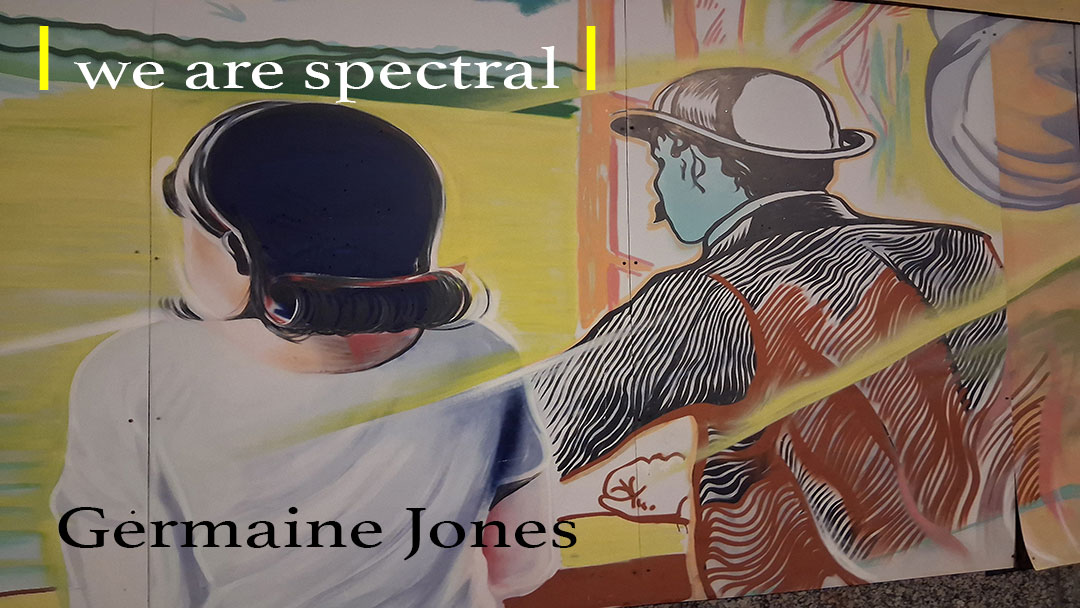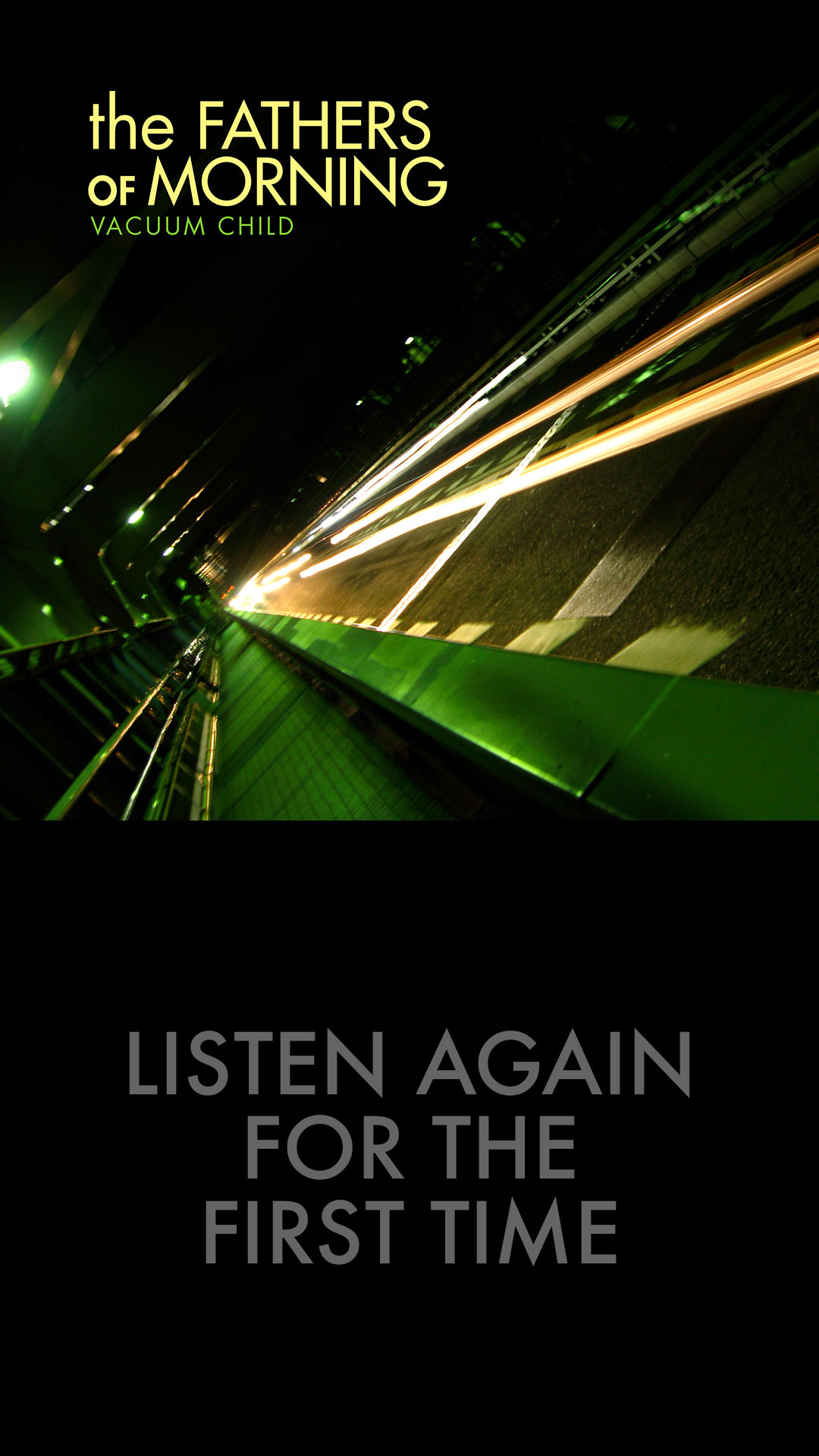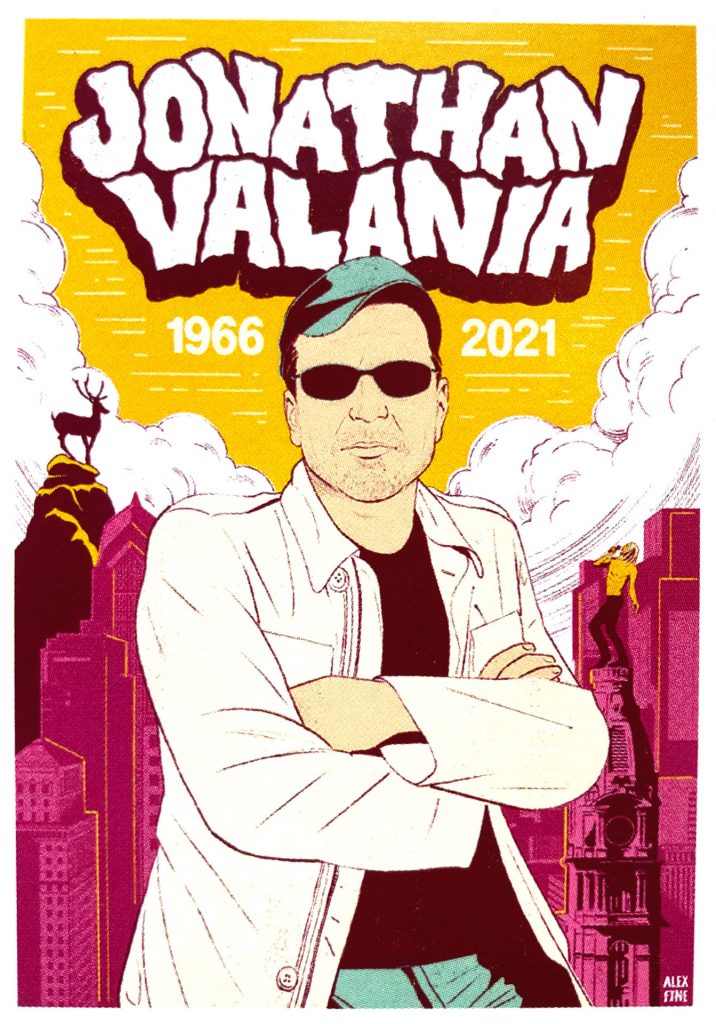 Barry Adamson is in a weird position. After winning acclaim for the noir-cinematic atmospheres of solo projects such as Moss Side Story and the mash-up of Back To The Cat, writing songs for directors such as Danny Boyle, Oliver Stone and David Lynch, and composing film scores for Delusion and Out Of Depth, the 53-year-old writer/multi-instrumentalist found himself directing, writing and acting in his own movie with 2011’s The Therapist. “I’m a marketing man’s nightmare,” he jokes. To make things more intense, Adamson—post-punk’s most legendary bassist, with roles in Magazine and Nick Cave’s Bad Seeds—returned to the scene of the live-music crime by playing gigs with Howard Devoto’s re-united Magazine after decades of being a lone wolf. What was he thinking? And how did all of that recent interaction inspire his newest project, the aggressive Destination? Read our new Q&A with him below. Adamson will also be guest editing magnetmagazine.com all week.
Barry Adamson is in a weird position. After winning acclaim for the noir-cinematic atmospheres of solo projects such as Moss Side Story and the mash-up of Back To The Cat, writing songs for directors such as Danny Boyle, Oliver Stone and David Lynch, and composing film scores for Delusion and Out Of Depth, the 53-year-old writer/multi-instrumentalist found himself directing, writing and acting in his own movie with 2011’s The Therapist. “I’m a marketing man’s nightmare,” he jokes. To make things more intense, Adamson—post-punk’s most legendary bassist, with roles in Magazine and Nick Cave’s Bad Seeds—returned to the scene of the live-music crime by playing gigs with Howard Devoto’s re-united Magazine after decades of being a lone wolf. What was he thinking? And how did all of that recent interaction inspire his newest project, the aggressive Destination? Read our new Q&A with him below. Adamson will also be guest editing magnetmagazine.com all week.

Adamson: Paraphrasing Wikipedia: Born Linda Mulvey in Liverpool in 1954, Linder has spent her adolescence and most of her adult life in Manchester and studied art at Manchester Polytechnic from 1974–1977. A radical feminist and a well-known figure of the Manchester punk and post-punk scene, Linder is known for her montages, which often combined images taken from pornographic magazines with images from fashion and domestic magazines, particularly those of domestic appliances, making a point about the cultural expectations of women and the treatment of female body as a commodity. Many of her works were published in punk collage fanzine Secret Public, which she co-founded with Jon Savage. One of her best- known pieces of visual art is the single cover for “Orgasm Addict” by Buzzcocks (1977), showing a naked woman with an iron for a head and grinning mouths instead of nipples. “At this point, men’s magazines were either DIY, cars or porn,” she says.”Women’s magazines were fashion or domestic stuff. So, guess the common denominator—the female body. I took the female form from both sets of magazines and made these peculiar jigsaws highlighting these various cultural monstrosities that I felt there were at the time.”
She also designed the cover for Magazine’s debut album, Real Life (1978), and was known for her “menstrual jewellery” (beads and earrings made of broken coat hangers with absorbent lint dipped in translucent glue and painted red, in order to resemble bloodied tampons) and the mythical “menstrual egg-timer” (a series of beads with different colours—red, white and purple—devised to chronicle the cycle from ovulation to menstruation). In 1978, she co-founded the post-punk group Ludus, and she remained its singer until the group split in 1983. She designed many of the band’s covers and sleeves, or posed for artistic photographs taken by photographer Birrer and used for Ludus sleeves and the SheShe booklet that accompanied Ludus’ 1981 cassette, Pickpocket. Ludus produced material ranging from experimental avant-garde jazz to melodic pop and cocktail jazz, characterised by Linder’s voice and unorthodox vocal techniques (which occasionally included screaming, crying, hysterical laughter and other unusual sounds), as well as her uncompromising lyrics, centred around themes of gender roles, love and sexuality, female desire and cultural alienation.
In addition to visual art, Linder has in recent years devoted herself to performance art, which includes photography, film, print and artefact. Centered around the themes of outsiderdom, religious non-conformism, ecstatic states and female divinity/sainthood, her performance art evokes mythical figures ranging from historical figures such as St. Clare of Assisi and the founder of Shakers, Mother Ann Lee, to the Man With No Name, Clint Eastwood’s character from Sergio Leone westerns.
In 1997 she put on a one-woman exhibition in London’s Cleveland Gallery titled What Did You Do In The Punk War Mummy?, and the next year she performed a work called Salt Shrine—filling a room in a disused Widnes school with 42 tonnes of industrial salt. In 2000, her work in different media was exhibited in Cornerhouse, Manchester, under the title The Return Of Linderland, featuring short film Light The Fuse, which combined re-enactment of scenes from Leone films—with Linder performing in drag as Clint Eastwood– with images of modern-day cowboys and young men from north Manchester. Her performance pieces in subsequent years have included The Working Class Goes To Paradise (2001) and Requiem: Clint Eastwood, Clare Offreduccio And Me (2001). A new installment of Working Class Goes To Paradise was played on April 1, 2006, in the Tate Gallery, as a part of the Tate Triennial. With the musical accompaniment provided by three indie-rock bands playing simultaneously for four hours, a group of women re-enacted the ritualisic gestures of 19th-century Shaker worship, while Linder performed assuming different roles, including that of a figure from one of her photomontages, that of Ann Lee, and of a fusion of Ann Lee, Christ and Man With No Name. Audience members were able to view the performance and to join in.
Solo exhibitions of her work include LINDER at Stuart Shave/Modern Art (November 2007), Let Me Go Where My Pictures Go at dépendance gallery in Brussels (2006), The Lives Of Women Dreaming At The British Council, Prague (2004) and We Who Are Her Hero in Galerie LH, Paris (2006), and her work has been featured in group exhibitions such as Destroy: Punk Graphic Design in Britain, Royal Festival Hall, London (1998), DEAD, The Roundhouse, London (2001), Glamour, British Council, Prague (2003), Plunder, Dundee Contemporary Arts (2003), Audio, Cabinet des Estampes, Geneva (2006), Replay—Sphere Punk, Le Magasin, Centre National d’Art Contemporain, Grenoble (2006) and Dereconstruction, Barbara Gladstone, New York (2006). Collective exhibitions of her work include I Am A Cliché, Punk Aesthetic Echoes, Les Rencontres d’Arles, France (2010). She has also collaborated with her partner, novelist and pop critic Michael Bracewell, on the book I Know Where I’m Going. Linder and her former Ludus bandmate Ian Devine have re-established their collaboration in the 2000s. He contributed the soundtrack to the short film Light And Fuse, as well as the soundtrack (consisting of atmospheric, mostly electronic music) to her performance piece Requiem: Clint Eastwood, Clare Offreduccio And Me, which they released as Devine & Sterling as a limited-edition CD in 2002. In June 2004, Linder and Devine reunited for two shows at the London Royal Festival Hall, as a part of Morrissey-curated Meltdown Festival, playing a set of rearranged Ludus songs, as well as other material.
A monograph of her work to date, entitled Linder Works 1976–2006 (with essays written by Jon Savage, Philip Hoare, Lynne Tillman, Paul Bayley, Andrew Renton and Morrissey) was published by Jrp/Ringier in June 2006.
A fantastic artist and a great friend.
Video after the jump.













